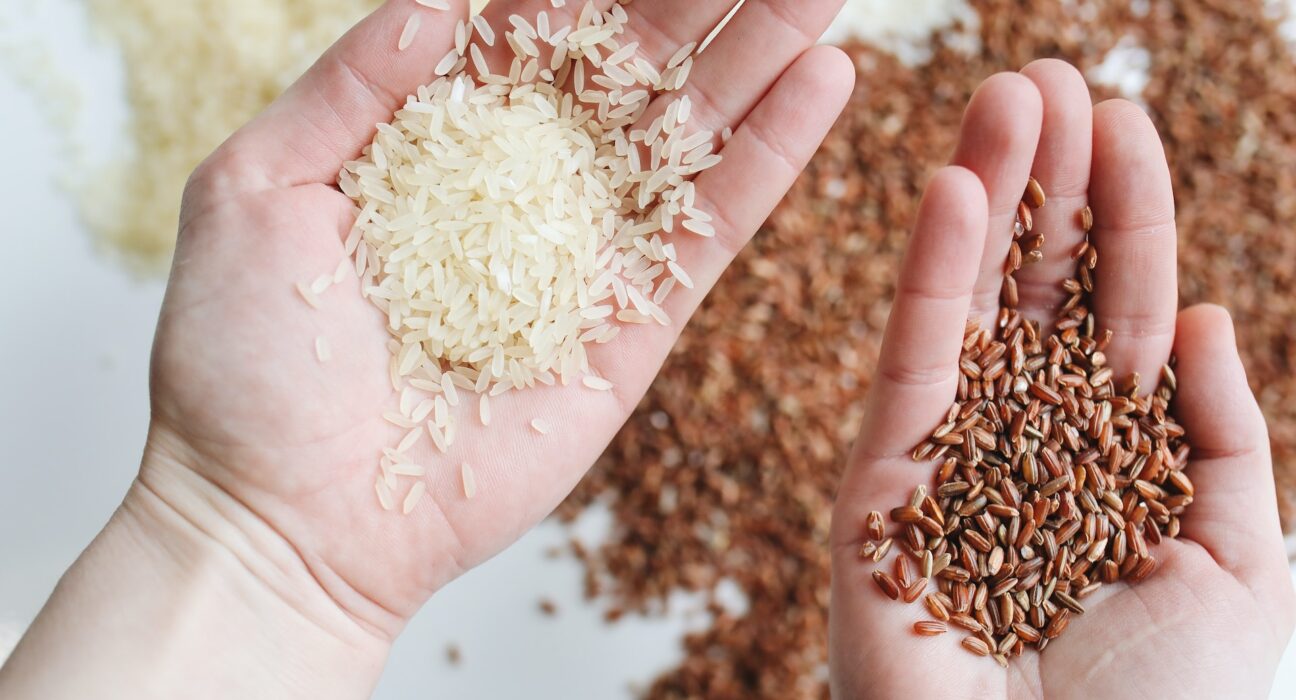Rice is a staple food for a significant portion of the world’s population, and the debate between brown rice and white rice has long been a topic of discussion. Both varieties have their own unique nutritional profiles and potential health benefits. In this article, we turn to nutritionists to settle the debate and shed light on the key differences between brown rice and white rice.
Brown Rice:
The Nutritional Powerhouse Brown rice undergoes minimal processing, retaining the bran and germ layers that are removed during the refining process for white rice. These layers harbor essential nutrients, making brown rice a nutritional powerhouse. It is a great source of dietary fiber, B vitamins, magnesium, and minerals like selenium and manganese. The high fiber content of brown rice aids digestion, helps maintain a healthy weight, and reduces the risk of chronic diseases such as diabetes and heart disease. The nutrients found in brown rice work together to promote overall health and well-being.
White Rice:
The Refined Option White rice, on the other hand, undergoes a refining process that removes the bran and germ layers, resulting in a polished grain with a longer shelf life. This process strips away much of the fiber, vitamins, and minerals, leaving primarily starch behind. While white rice may be lower in fiber and certain nutrients compared to brown rice, it still provides a good source of energy in the form of carbohydrates. It is easily digested and can be a valuable energy source, particularly for athletes or individuals with specific dietary needs.
The Great Debate: Which One Is Better?
When it comes to determining which type of rice is better, nutritionists emphasize the importance of considering individual needs and dietary preferences. Brown rice is often favored for its higher nutritional value, as it provides more fiber and essential nutrients. It offers sustained energy release and greater satiety, making it a suitable choice for weight management and overall health. On the other hand, white rice may be a better option for individuals with digestive issues or those who require easily digestible carbohydrates for quick energy replenishment.
Making the Right Choice:
While both brown rice and white rice have their merits, a balanced approach is key. Here are a few considerations to help you make an informed choice:
- Nutritional needs: If you require higher fiber content and essential nutrients, such as B vitamins and minerals, opt for brown rice.
- Digestive health: Individuals with digestive sensitivities may find that white rice is gentler on the stomach due to its lower fiber content.
- Taste and texture: Brown rice has a nutty flavor and a chewier texture, while white rice has a milder taste and a softer texture. Consider your personal preference when selecting rice for your meals.
- Variety and moderation: Incorporate a mix of whole grains, including brown rice, quinoa, barley, and others, to diversify your nutrient intake. Moderation is key, as excessive consumption of any type of rice can lead to imbalanced nutrition.
Conclusion:
In the debate between brown rice and white rice, both varieties have their place on the plate. Brown rice shines as a nutritional powerhouse, providing fiber, vitamins, and minerals. It offers various health benefits and is ideal for those seeking a well-rounded diet. White rice, while lower in fiber and nutrients, remains a valuable source of energy and can be beneficial for specific dietary needs. Ultimately, the choice between brown rice and white rice should be based on individual nutritional requirements, preferences, and overall dietary balance.
Remember, consulting with a registered nutritionist or dietitian can provide personalized advice and help you make the best choices to support your health and well-being.
References:
- Slavin, J. L., & Martini, M. C. (2011). Whole grains and human health. Current Opinion in Clinical Nutrition & Metabolic Care, 14(1), 1-6.
- Tundis, R., Loizzo, M. R., & Menichini, F. (2015). Potential role of natural compounds against skin aging. Current Medicinal Chemistry, 22(12), 1515-1538.
- Foster-Powell, K., Holt, S. H., & Brand-Miller, J. C. (2002). International table of glycemic index and glycemic load values: 2002. The American Journal of Clinical Nutrition, 76(1), 5-56.





